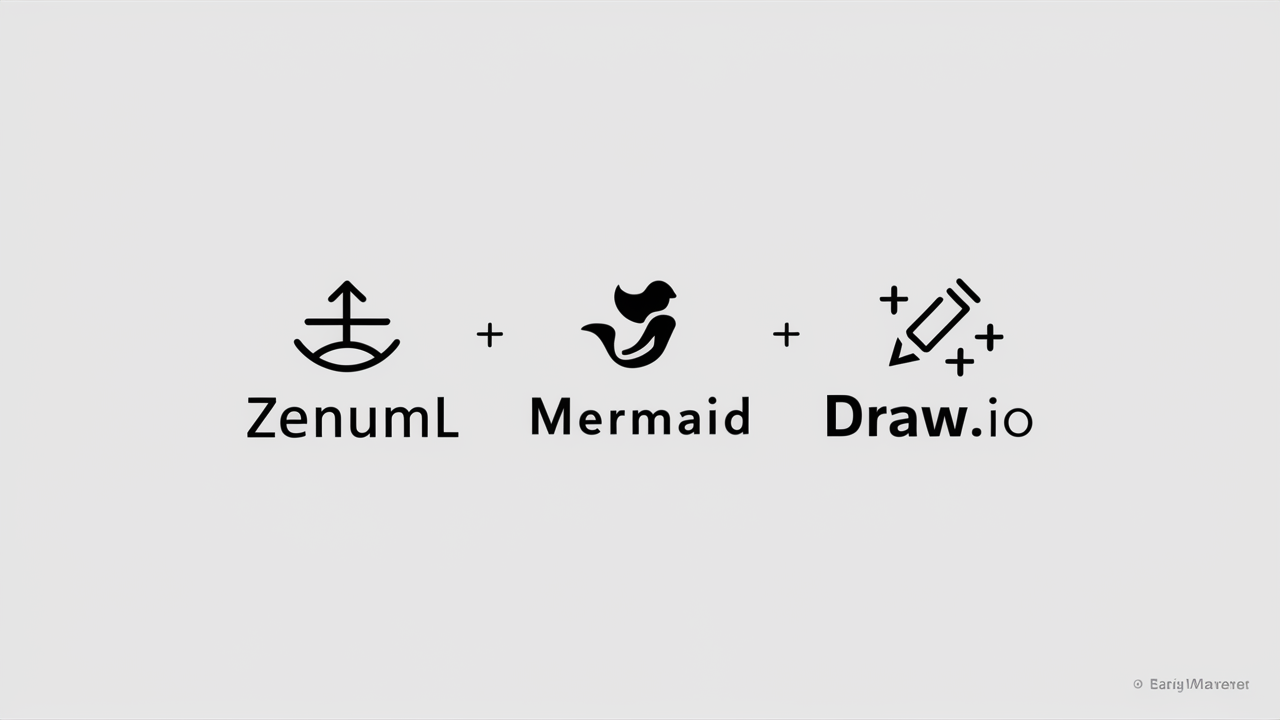Introduction
In the ever-evolving world of collaboration tools, Confluence has firmly established itself as a go-to platform for teams to share information, document processes, and streamline their workflows. As businesses strive to enhance their productivity and communication, the need for robust diagramming capabilities within Confluence has become increasingly crucial. Enter ZenUML, a powerful Confluence plugin that offers a comprehensive solution for diagram creation and maintenance.
In this blog post, we will delve into the unique value proposition of ZenUML and explore how it can revolutionize the way you manage your sequence diagrams within the Confluence ecosystem.

